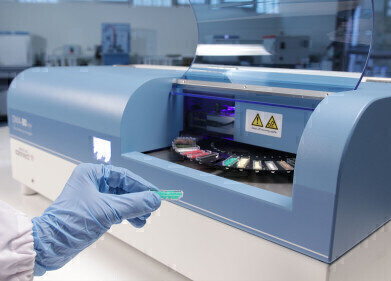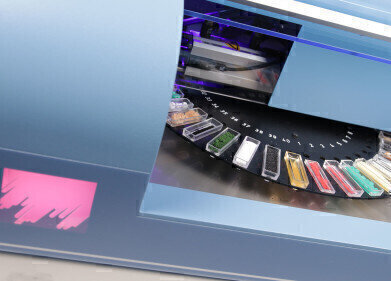Environmental Laboratory
3 Best Practices To Simplify Your Mercury Analysis
Apr 28 2021
Thousands of analytical laboratories around the world rely on techniques like CVAA or ICP-MS to test samples for mercury, but both techniques require time-consuming and labor-intensive sample preparation before analysis.
Fortunately, there is a better way! Imagine how much time your staff could spend on other tasks in your lab if you simply eliminated the sample prep step in your mercury analysis workflow.
Below are listed the three best practices to deliver accurate mercury results in as little as 5 minutes — without the need for acid digestion — and at a savings of approximately 70% compared to other techniques.
01 – SAVE TIME: GO DIRECT FOR MERCURY ANALYSIS
The challenges in mercury determination are well known to analysts who often face a number of issues connected with tedious sample preparation process or the mercury analysis steps causing memory effect even after long cleaning cycles performed using latest generation of ICP-MS or cold vapor systems. The Direct Mercury Analyser is capable to analyse any matrix (solid, liquid or gas) without any pre-treatment or chemical additions in as few as 5 minutes in full compliance with EPA method 7473 and ASTM method D-6722-01 and D-7623-10.
Read what our customers say.
02 - ELIMINATE MEMORY EFFECT
Mercury carry over is a common challenge in mercury analysis, the ability of the system to quickly clean the lines is combined with Autoblank feature. This, eliminates overestimation and ensures low blanks, thus enhancing user confidence in the data collected, while still ensuring high productivity and the use of the 40 positions autosampler.
Watch our webinar: Robust and reliable approach to mercury determination in environmental and fish samples
03 – SYMPLIFY YOUR LAB’S WORKFLOW
The process consists in weighing the samples in boats and place them into the autosampler suiatable for solid, liquid and gas samples (trough sorbent traps). Once the sample enter the furnace the drying and combustion takes place, then mercury goes through the catalyst and amalgamator. The performances of the catalyst tube and gold amalgamator enables full mercury conversion, interference removal, and fast mercury release. These components allow the Direct Mercury Analyser to deliver accurate results in a single measurement and in as few as 6 minutes. Method development and sample preparation are unnecessary, matching the turaround time and thoughput requirements of many laboratories.
The sample combustion and the composition of the catalyst and amalgamator completeley removed the matrix effect. A single calibration, done with liquid or solid references materials, suits all wide variety of samples, over a wide concentration range: from ppt to ppm. The stability of the system and the long lifetime of the catalyst tube and gold amalgamator allow to use the calibration for long time and to eliminate daily calibrations often required by conventional instrumentation.
Download Free eBook on Direct Mercury Analysis.
Digital Edition
IET 34.2 March 2024
April 2024
Gas Detection - Biogas batch fermentation system for laboratory use with automatic gas analysis in real time Water/Wastewater - Upcycling sensors for sustainable nature management - Prist...
View all digital editions
Events
Apr 30 2024 Melbourne, Australia
Apr 30 2024 Birmingham, UK
May 03 2024 Seoul, South Korea
May 05 2024 Seville, Spain
May 06 2024 Minneapolis, MN, USA




















